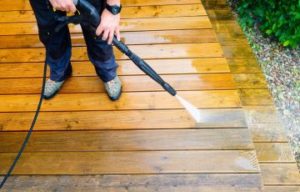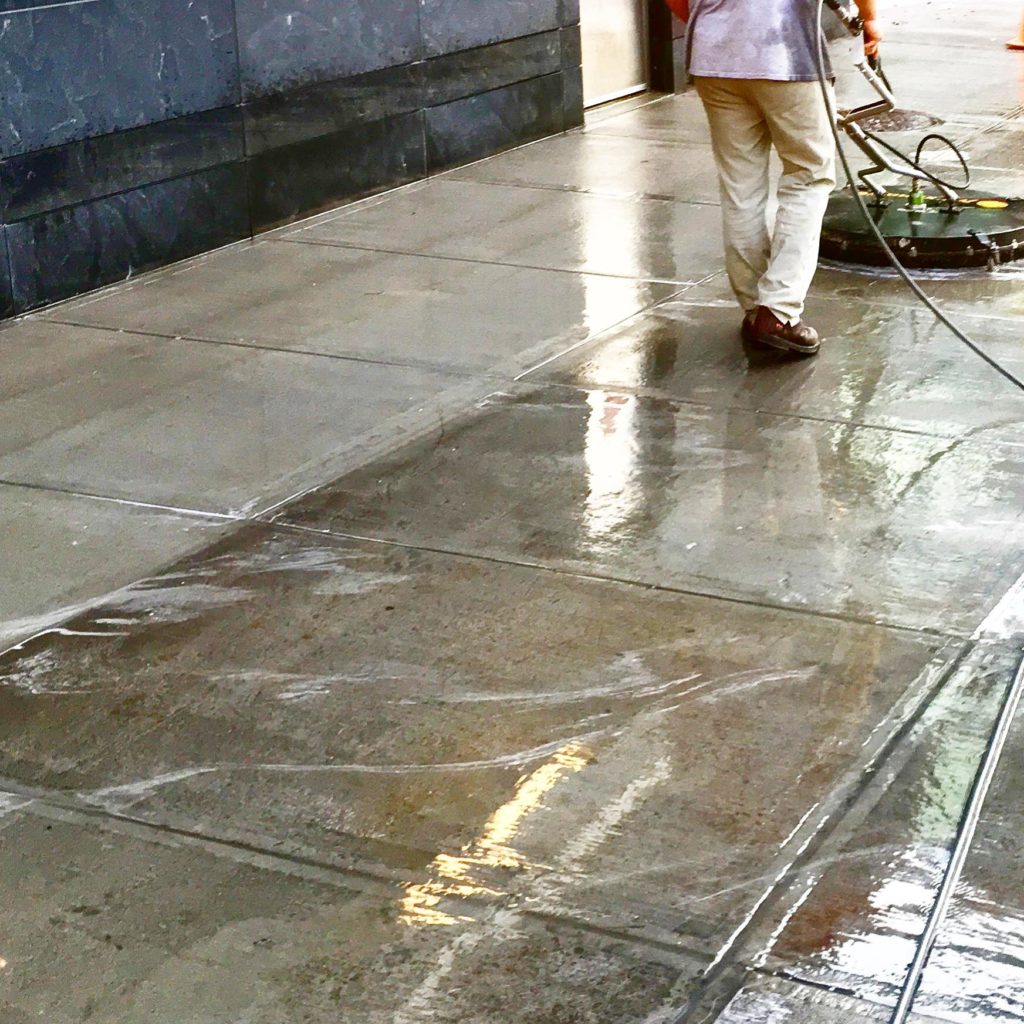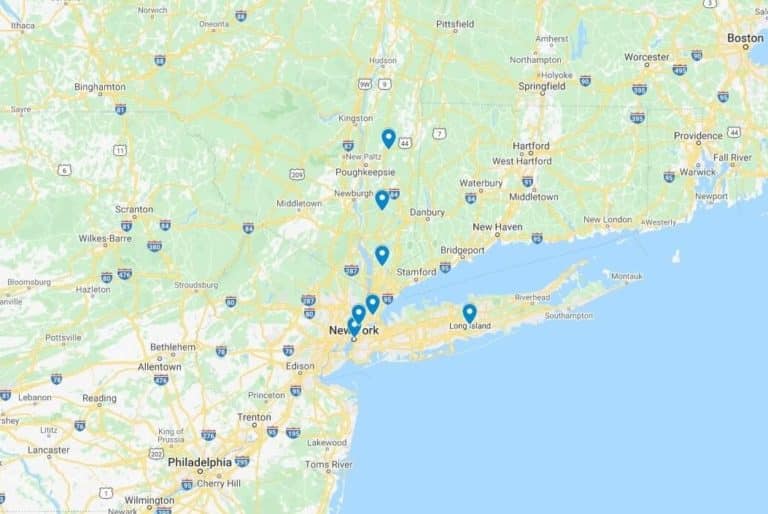Different Between Power Washing vs Pressure Washing
Are you in the process of giving your home or business a good deep-clean? Power washing and pressure washing might be able to help as an effective and efficient way to give a building facelift. However, before getting started, it is really important to take note of the difference between each cleaning method. Keep reading for insight into power washing vs power washing techniques, so that you can make an informed decision about the best method for your needs!
What is power washing and how does it differ from pressure washing
Power washing is a highly efficient cleaning method which utilizes hot or cold water and detergents to ensure that all surfaces end up clean and shining. This high pressure cleaning process can be used for a range of tasks, such as cleaning driveways, patios, decks, siding, roofs and other commercial/industrial projects. The main difference between power washing and pressure washing lies in the temperature of the water – whilst power washing uses heated water to remove dirt more efficiently, pressure washing uses cold water only to clean surfaces without damaging them. With typical temperatures reaching around 70 degrees Celsius for power washers and 2-40 degrees Celsius for pressure washers (depending on project requirements), power washing offers a deeper level of cleaning to remove tough dirt more effectively than pressure washing.
Advantages of power washing over pressure washing

Power washing offers several advantages over traditional pressure washing. Power washing is a much more efficient, cost-effective way of removing tough stains, dirt, and grime without harming delicate surfaces, since the equipment works with a lower pressure than pressure washers. Furthermore, power washing does not require any harsh or abrasive chemicals to be used, which is an advantage for those concerned about environmental impact. Additionally, power washing can often recover the original look of older surfaces that have developed built up layers of dirt and debris. For these reasons, power washing provides an excellent solution to tackle stubborn cleaning projects while protecting delicate surfaces and reducing environmental damage.
What kind of surfaces can be cleaned with power and pressure washing
Power washing and pressure washing are two highly effective cleaning methods when it comes to removing harmful bacteria and allergens from various surfaces. Power washing, which uses hot water and a powerful spray, is an excellent choice for those tough jobs like restoring sidewalks and patios that have been embedded with dirt or even eliminating pesky molds from decks. Pressure washing, on the other hand, uses cold water at much lower pressures, making it ideal for tasks that require less power such as quickly and safely removing dirt and debris from siding or fences. No matter what kind of surface you need to clean, these two powerful cleaning solutions will make all your cleaning needs easy and efficient.
Tips on choosing the correct power or pressure washer for your needs
While power and pressure washing may seem similar, it’s important to choose the correct machine for the job you are doing. Power washing utilizes a high-pressure water spray that is ideal for tougher cleaning jobs like removing grease or paint, but can’t be used on all surfaces. Pressure washing, on the other hand, often uses slightly softer water jets combined with cleaning solutions and works well for regular maintenance tasks such as removing dirt or debris from siding or outdoor furniture. It’s important to factor in your desired outcome, budget and whether or not you need a portable option while selecting the right machine for your needs. If you do have any questions, consulting an expert can help ensure that you make the right choice.
Safety tips when using a power washer or pressure washer
When using either a power washer or pressure washer, it is important to take safety precautions to reduce the risk of injury. Always wear long-sleeved clothing and safety goggles to protect your skin and eyes from the high-velocity water spray. Ideally, use a power washer with two hands for added stability and protection against kickback from the stream of water. Be sure to stand at least six feet away from your target when power washing, as the force from a power washer can cause damage beyond what you intend. Lastly, be mindful of what surfaces you’re cleaning and consult any manufacturer guidelines to determine if pressure/power washing is appropriate for that surface. With proper care and safety in mind, you can enjoy the efficiency and convenience these tools offer for an array of cleaning tasks.

https://www.google.com/maps?cid=14498260918867151496





